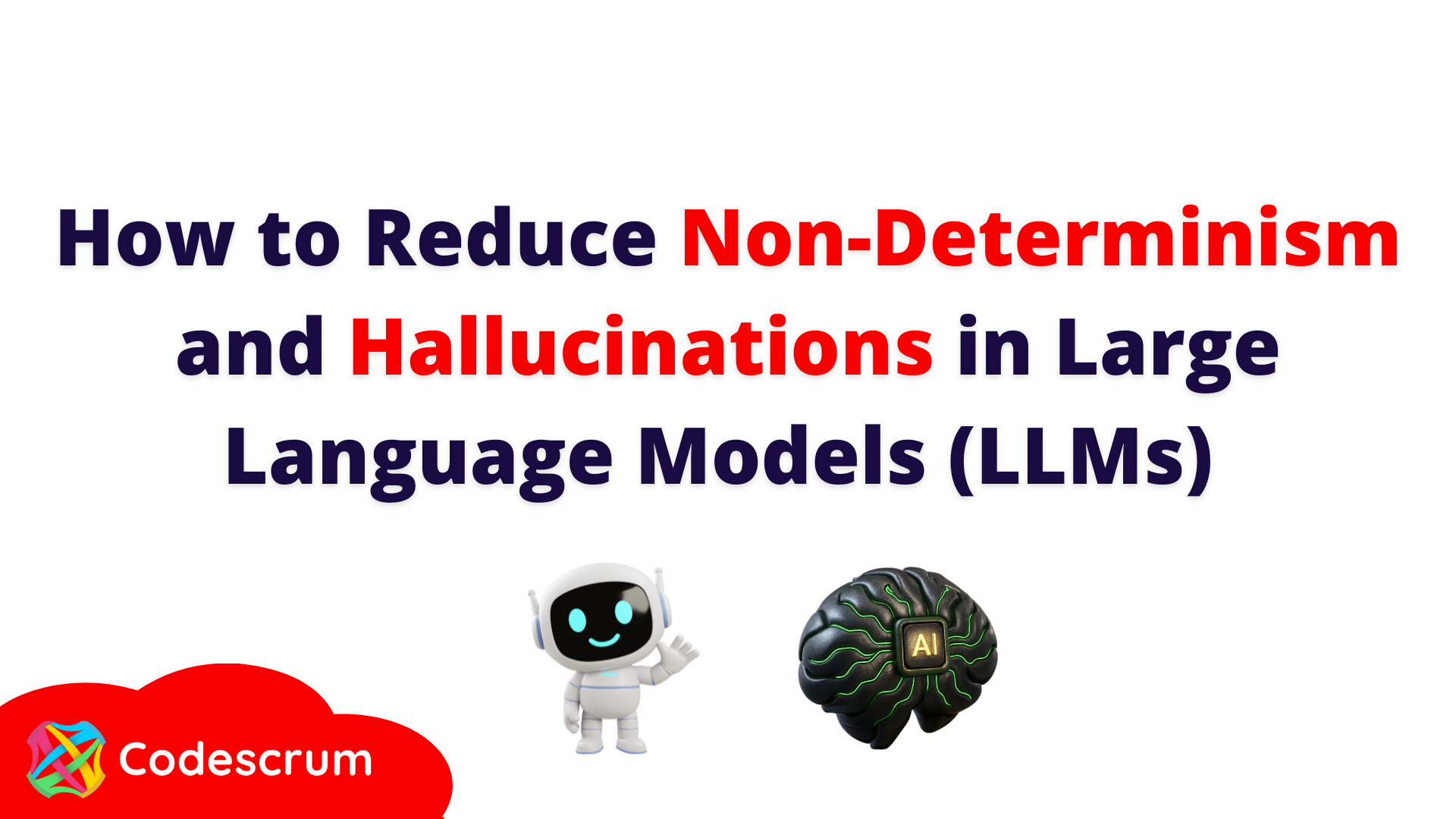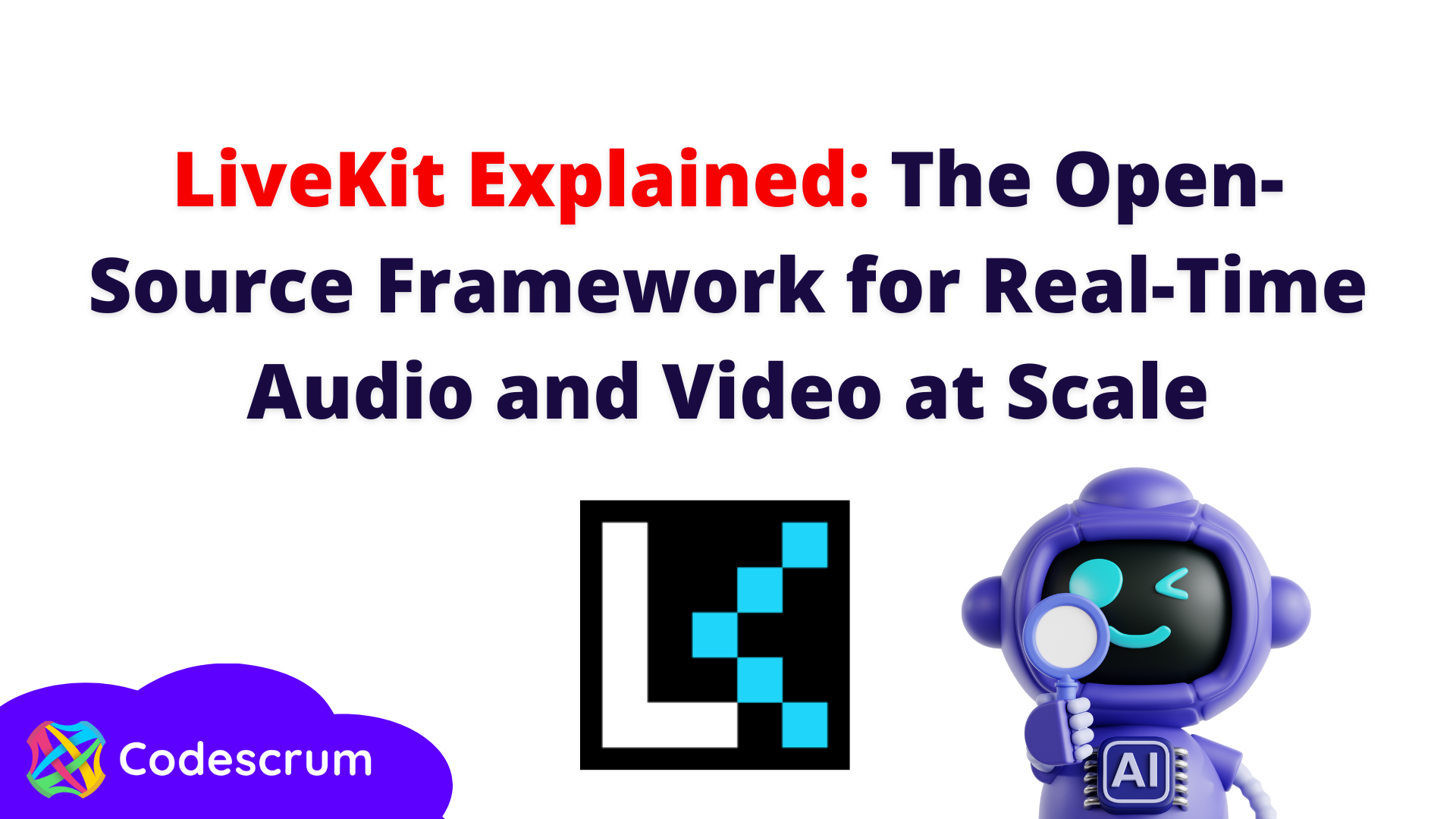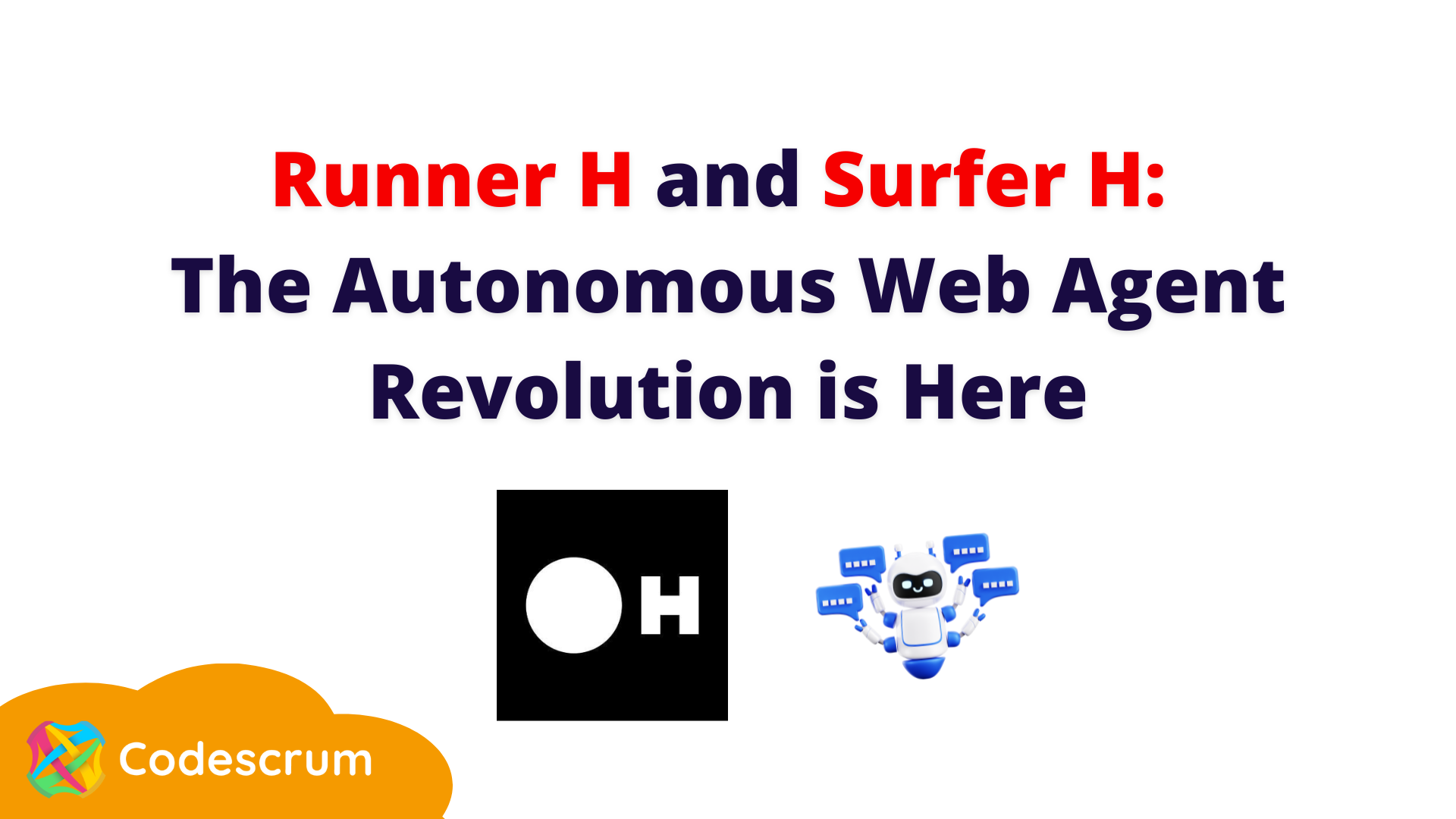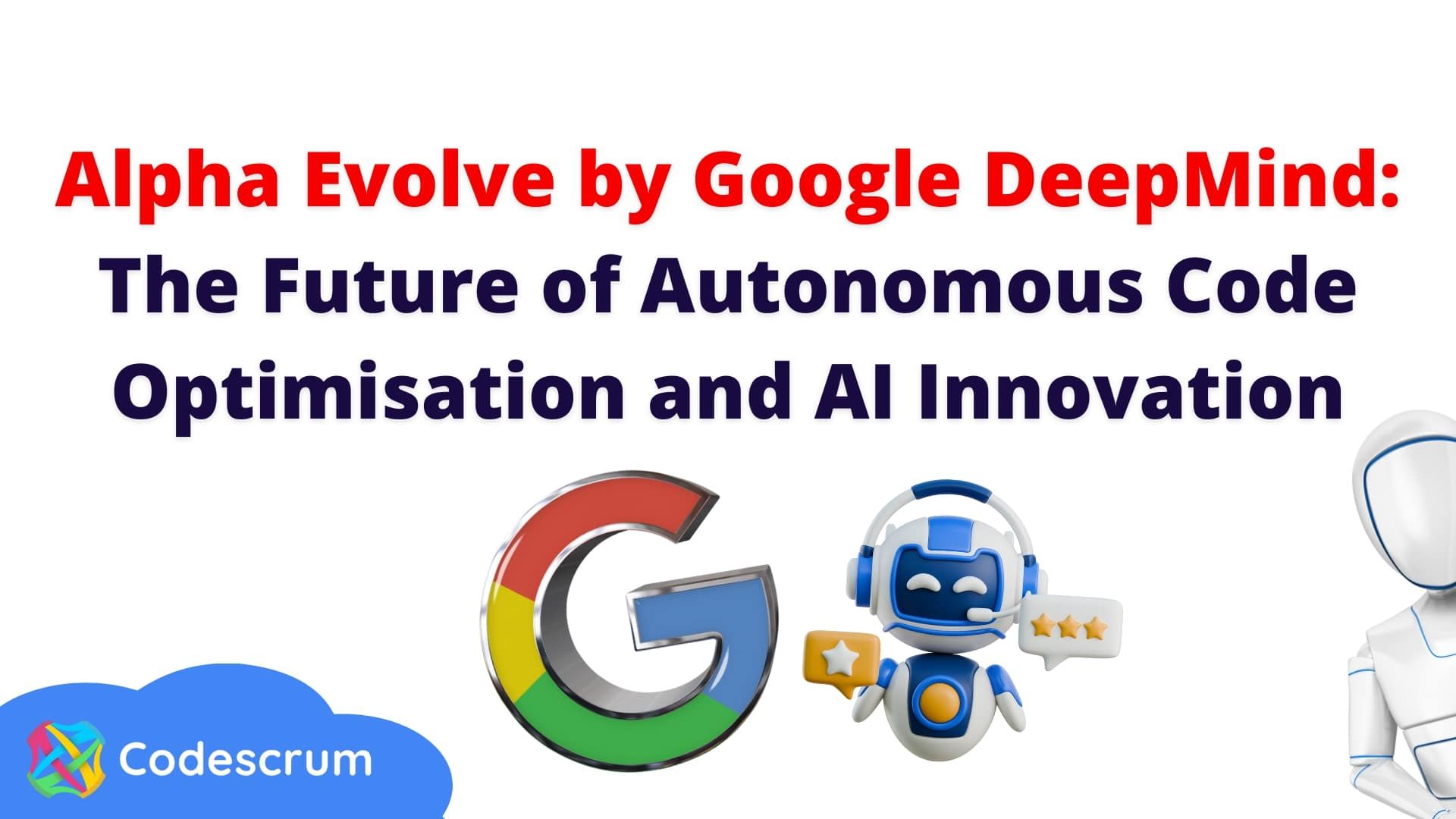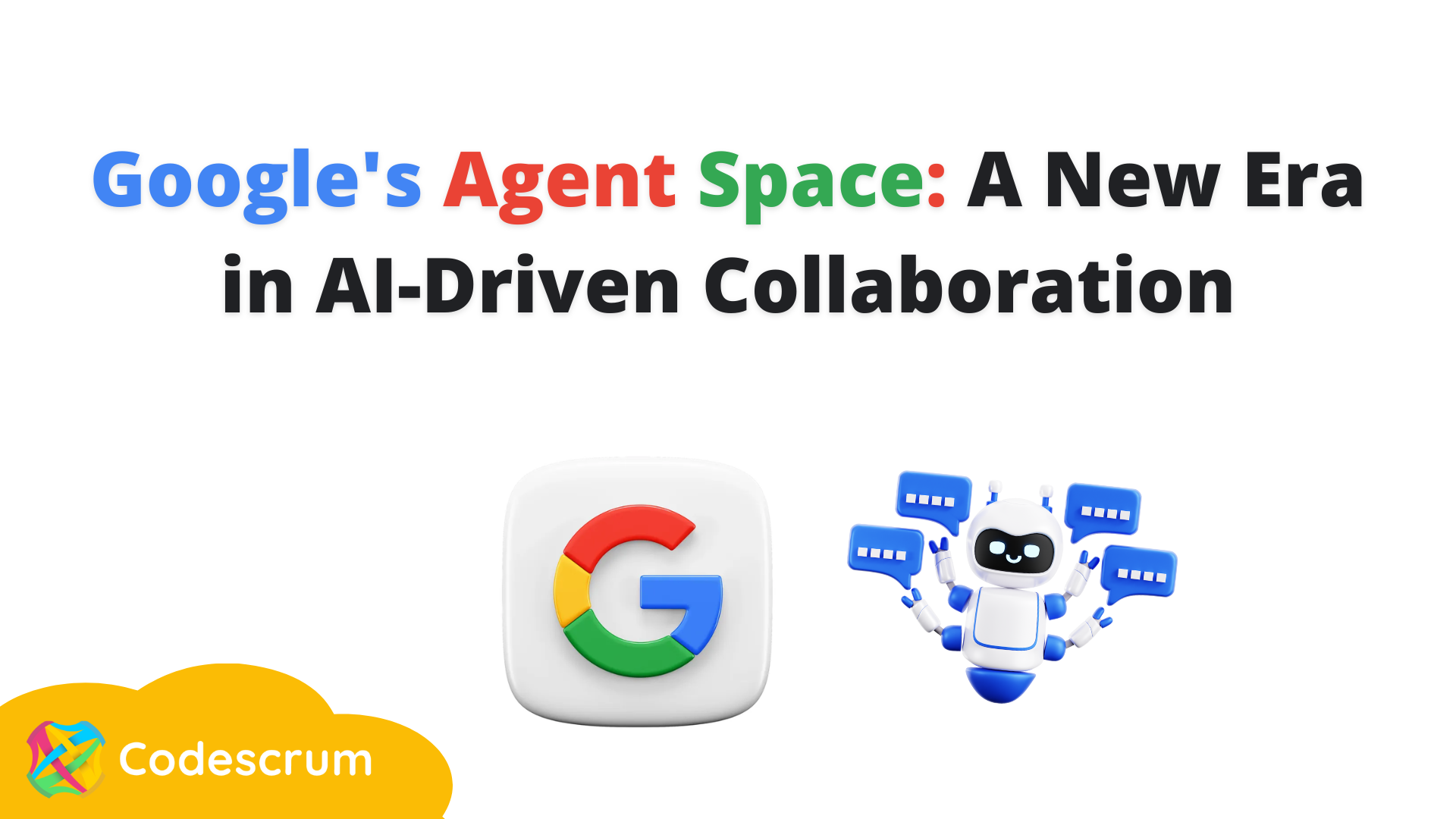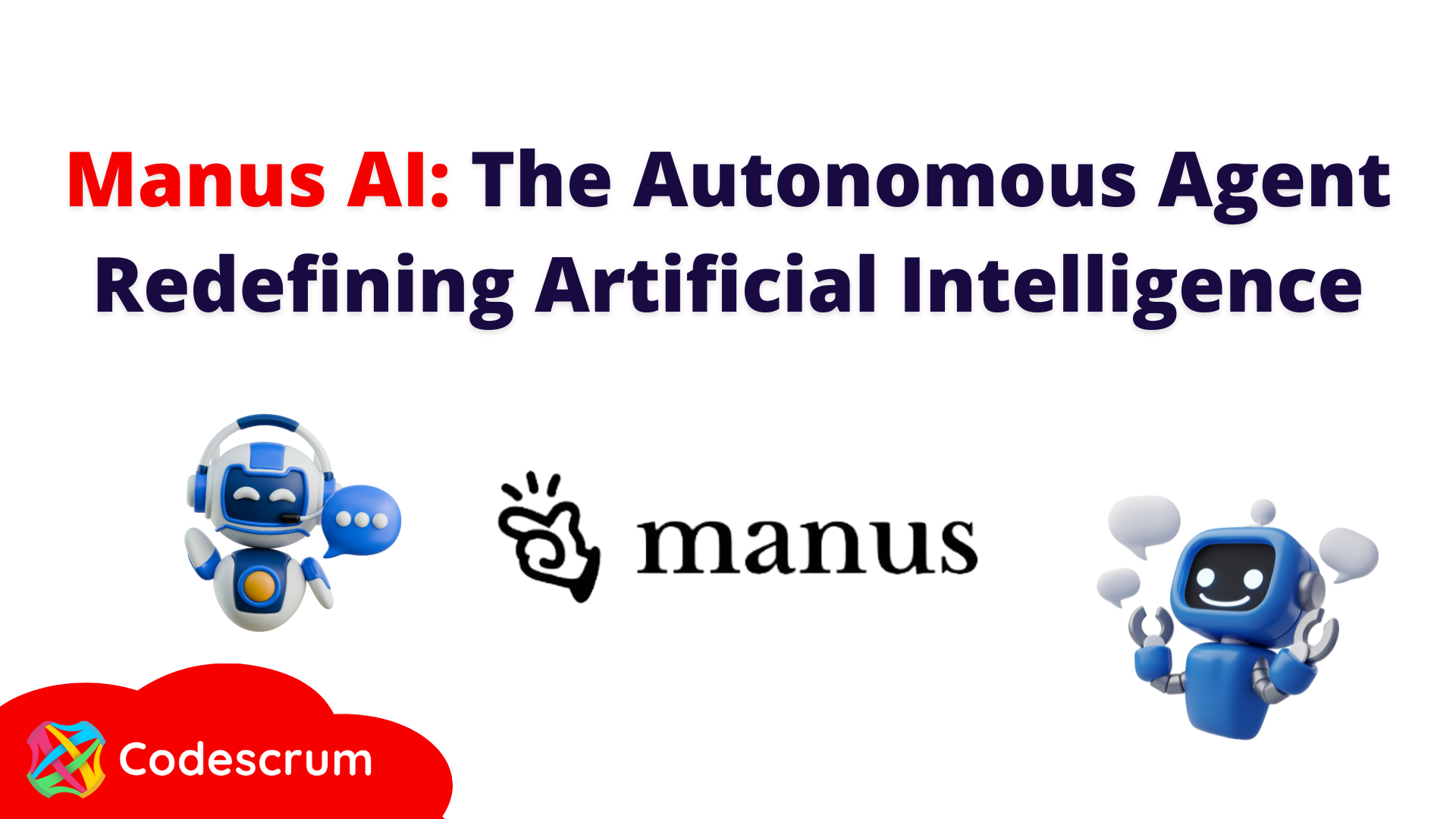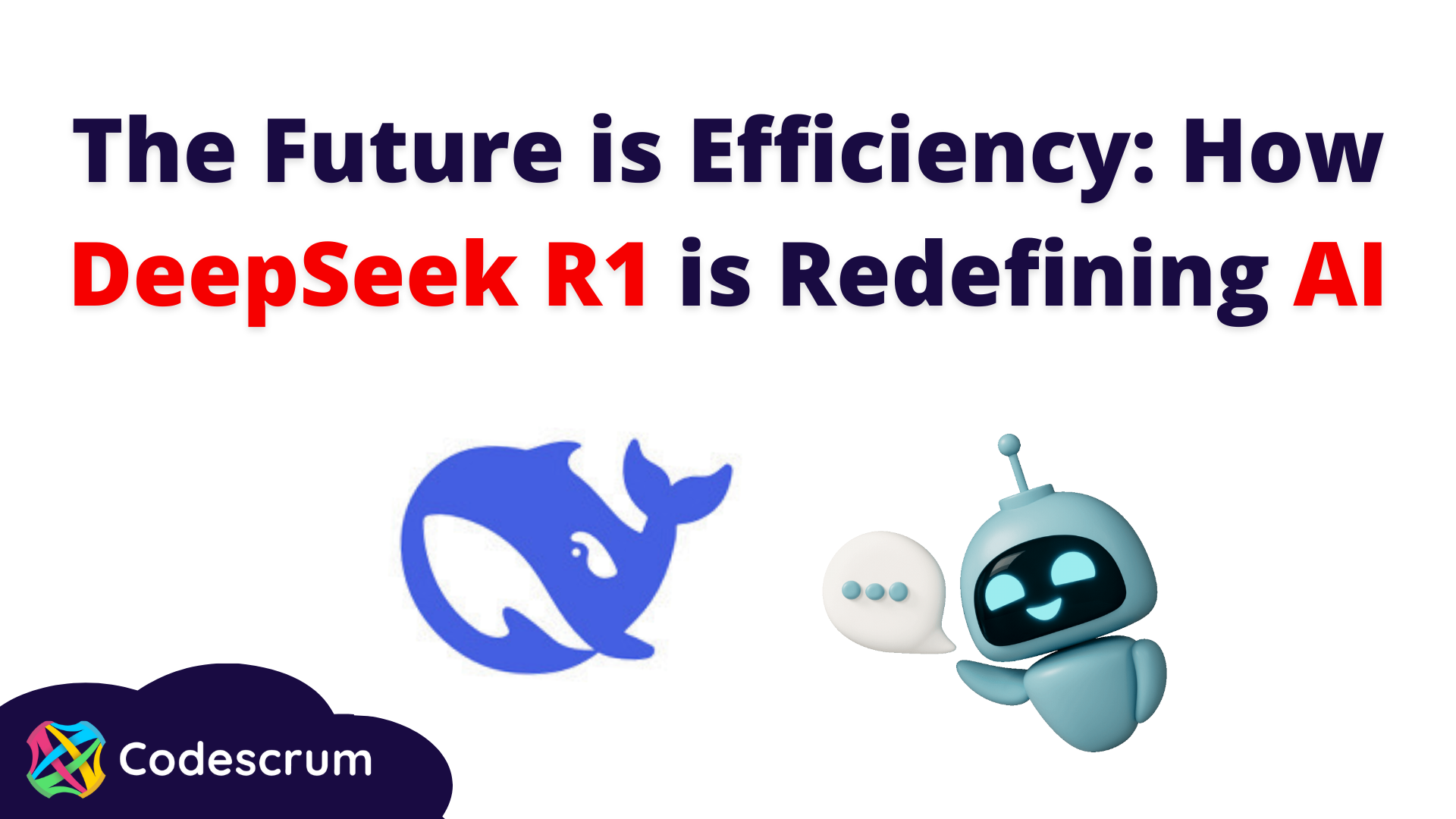The crypto YouTube channel that you won't want to miss!
The crypto YouTube channel that you won’t want to miss!
Web 2.0 refers to websites that emphasise user-generated content and allows the democratisation of information. You no longer need to be a university graduate to learn how to start a business, buy an encyclopedia to know the climate of a country on the other side of the world, or you can even share your knowledge with thousands of people around the world without seeing them physically.
The great benefits of Web 2.0 must be used to help achieve mass adoption of Web 3. Social networks have become essential for this purpose, especially platforms such as YouTube. Today we will see the great importance of YouTube channels on Web 3.0 adoption, especially those of cryptocurrencies and blockchain. However, we will focus on analysing the leading channel in the sector.
YouTube, your free school of cryptocurrencies and blockchain
A great way to start understanding and learning about cryptocurrencies is through the wonderful video content created by the crypto community on YouTube. You really get to meet genuine professionals, and it's a great option if you don't want to pay exorbitantly ridiculous prices for courses. The videos can be extremely funny, engaging, and downright entertaining.
What is clear is that YouTube is the obvious place to go for video content, whether you want to learn or just be entertained. If there's a but to be put on it, it's the fact that YouTube is centralised in nature, which led the website to remove blockchain and crypto-related videos in the past, and to ban certain cryptocurrency YouTubers in 2019.
On YouTube you can find hundreds of channels focused on the crypto niche, but we could highlight some top ones like:
- Benjamin Cowen, a YouTuber with extensive academic background, shows market trends with advanced metrics and has been in this industry since 2019. In his channel you will soak in logarithmic trends, regression bands, and other metrics on bitcoin historical prices.
- Ivan on Tech. The channel is run by Swedish software developer Ivan Liljeqvist, and has been active on YouTube since July 2013. The channel has over 490K subscribers, making it one of the largest cryptocurrency channels on YouTube.
- The Moon. Carl “The Moon” Runefelt’s channel was started in December 2017 and has since accumulated over 560K subscribers. The channel focuses primarily on Bitcoin, but there are videos produced on other cryptocurrencies.
That said, if we had to stay with one, it would be Coin Bureau.
The leading YouTube channel in crypto and blockchain

Coin Bureau is the leading YouTube channel in the blockchain and cryptocurrency niche. They have been uploading videos since 2019 and within 14 months of its creation the channel had already grown quite a bit, currently reaching more than 2 million thousand subscribers by October 2022.
The channel is engaging due to the excellent content that is produced, and the engaging delivery of Guy, the crypto guy, adds to the quality of the videos. The videos are very well researched and the production is of very high quality, unlike the not so good production found on many channels of the same subject matter.
Coin Bureau's audience is huge, in fact, the channel currently reaches over a million people a month. What's more, according to themselves, "Coin Bureau was created with the intention of bringing the best educational and blockchain information to users across the galaxy."
Coin Bureau not only offers videos to its community, but also provides a lot of written content. This content, as well as the content of their videos, is extremely varied, in order to satisfy a wide range of user profiles interested in the crypto world. Thus, you can learn about mining, many projects on blockchain and cryptocurrencies, trading, the development of mass adoption of cryptocurrencies, DeFi (Decentralized Finance), guides, analysis, and advice.
As if that were not enough, Coin Bureau not only offers audiovisual and written content on multiple topics and exquisite quality content, but users can also subscribe to a newsletter. Through it, you will be able to receive directly in your email box reviews of blockchain projects, tips to manage your cryptocurrencies, valuable content about blcokchain and all for free. Isn't it fantastic?
They also have their own store where you can buy merchandising: there you can buy t-shirts, caps, mugs, socks and other accessories with which you can boast of being part of the Coin Bureau community.
About Guy, the crypto guy and protagonist in all the videos

His interest in finance began at an early age, when his father, who was an accountant, explained to him how the stock market worked and how to make money profitable instead of just keeping it in storage.
After his time at university, Guy worked as a writer, editor, teacher, among others, always maintaining his strong interest in finance.
In 2008, with the global financial crisis and the British banks going bust, he realized that the current financial system was completely finished. Thus, when he heard about Bitcoin he fell in love with it. He searched for information on the Internet and, after consulting a friend with more computer knowledge, he bought some coins.
Later some of Guy's friends decided to found CoinBureau and Guy didn't hesitate to join. He was one of the first writers for the website and many of the site's first educational articles were written by him. Later, in 2018, the idea of creating a YouTube channel came up and using his skills in front of the camera he jumped into recording.
Coin Bureau metrics
Finally, it's worth mentioning Coin Bureau's impressive social media metrics that many content creators and companies wish they had. On Telegram they have 183K followers, on Twitter the community amounts to 736K and on YouTube they have a whopping 2.13M subscribers.
In short, if you want to inform yourself and learn about the crypto ecosystem and be part of a great community, joining Coin Bureau can be a fantastic option!

